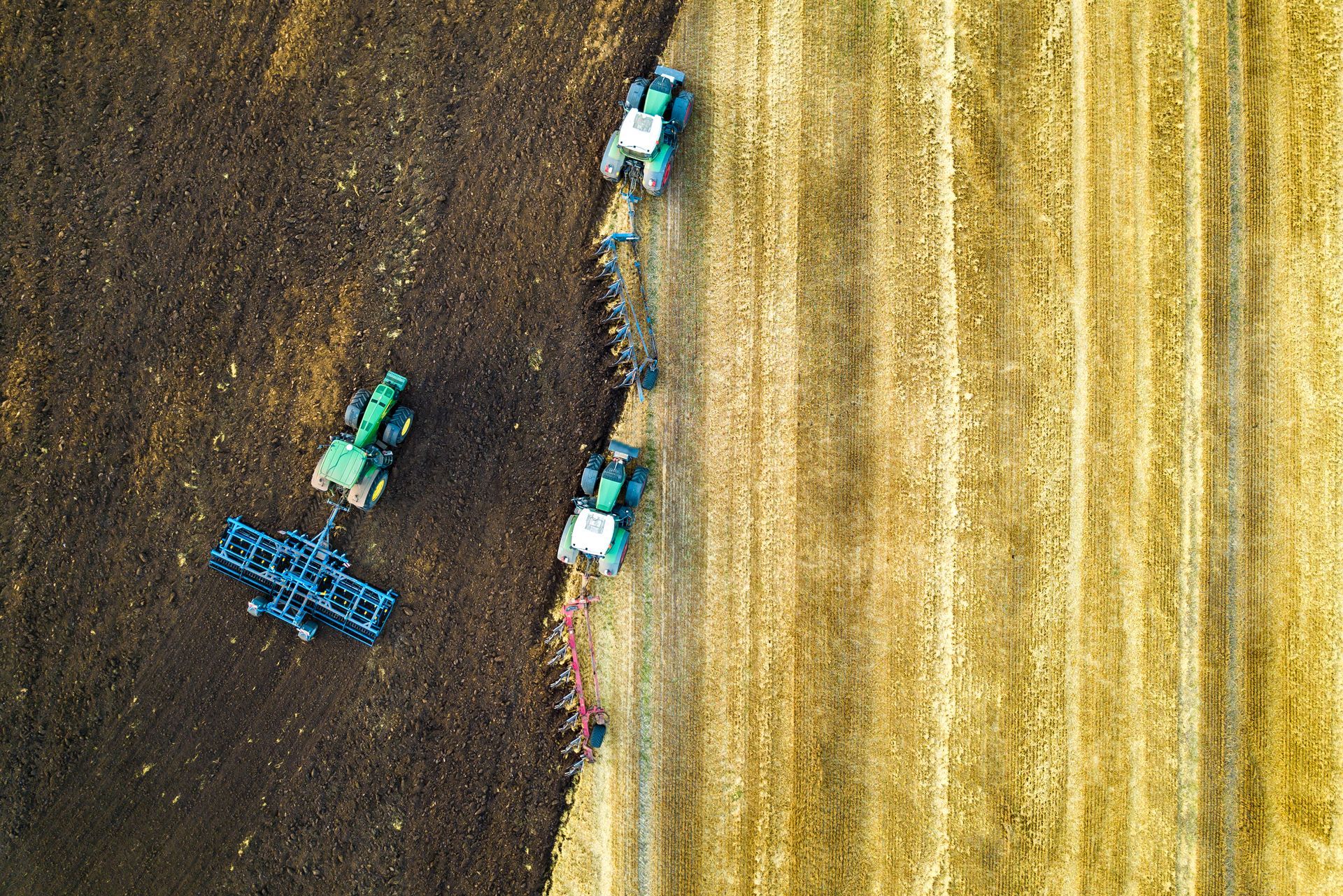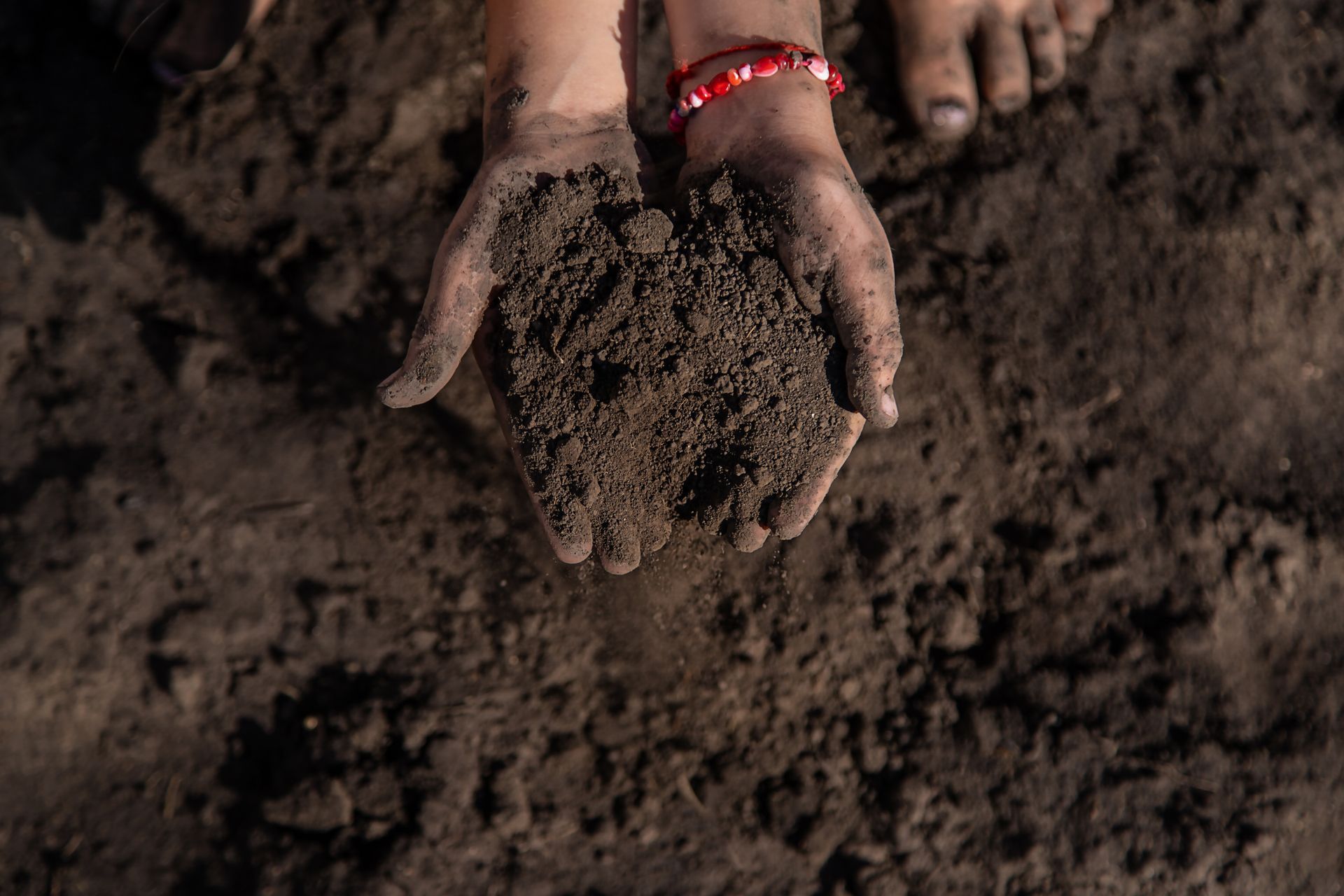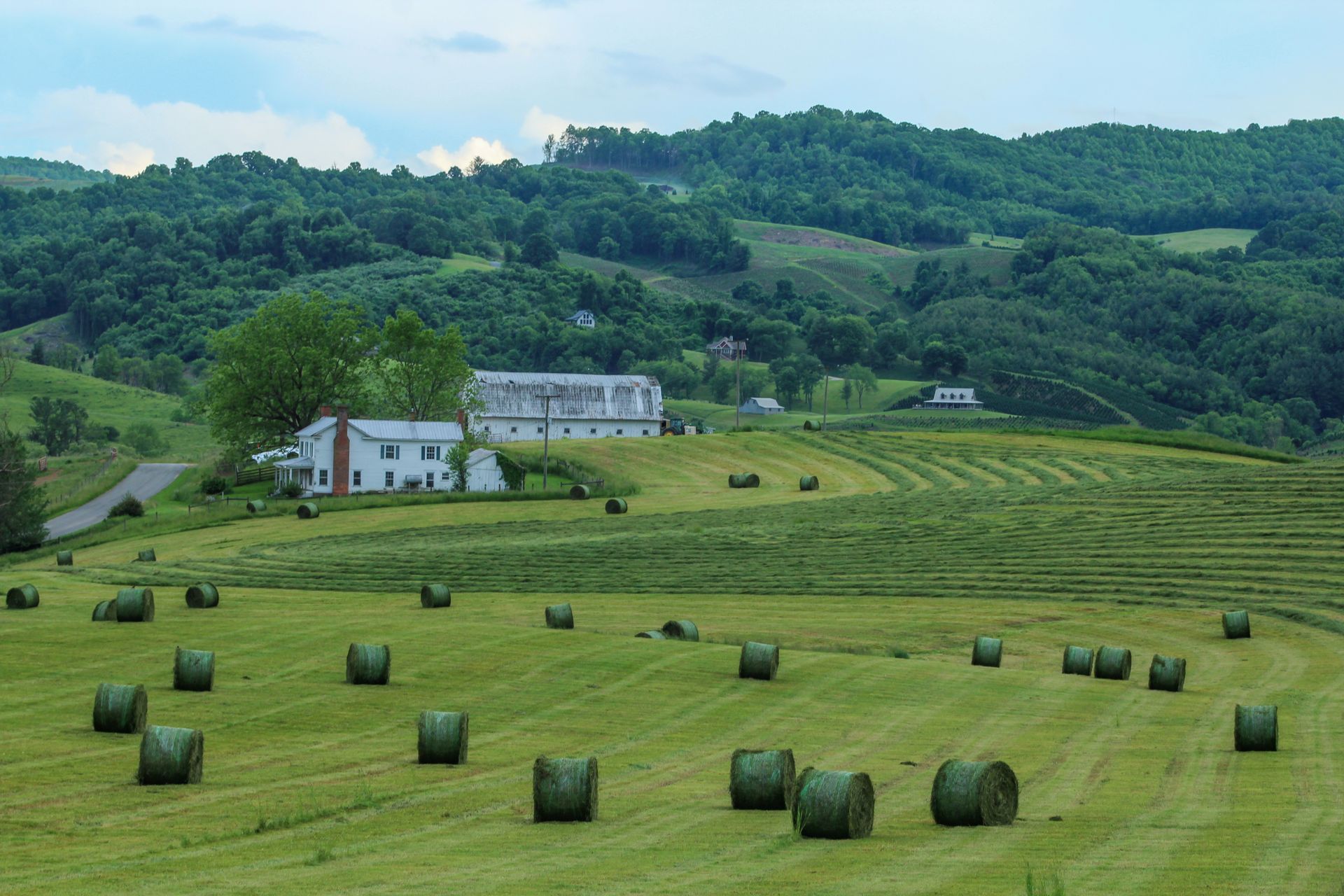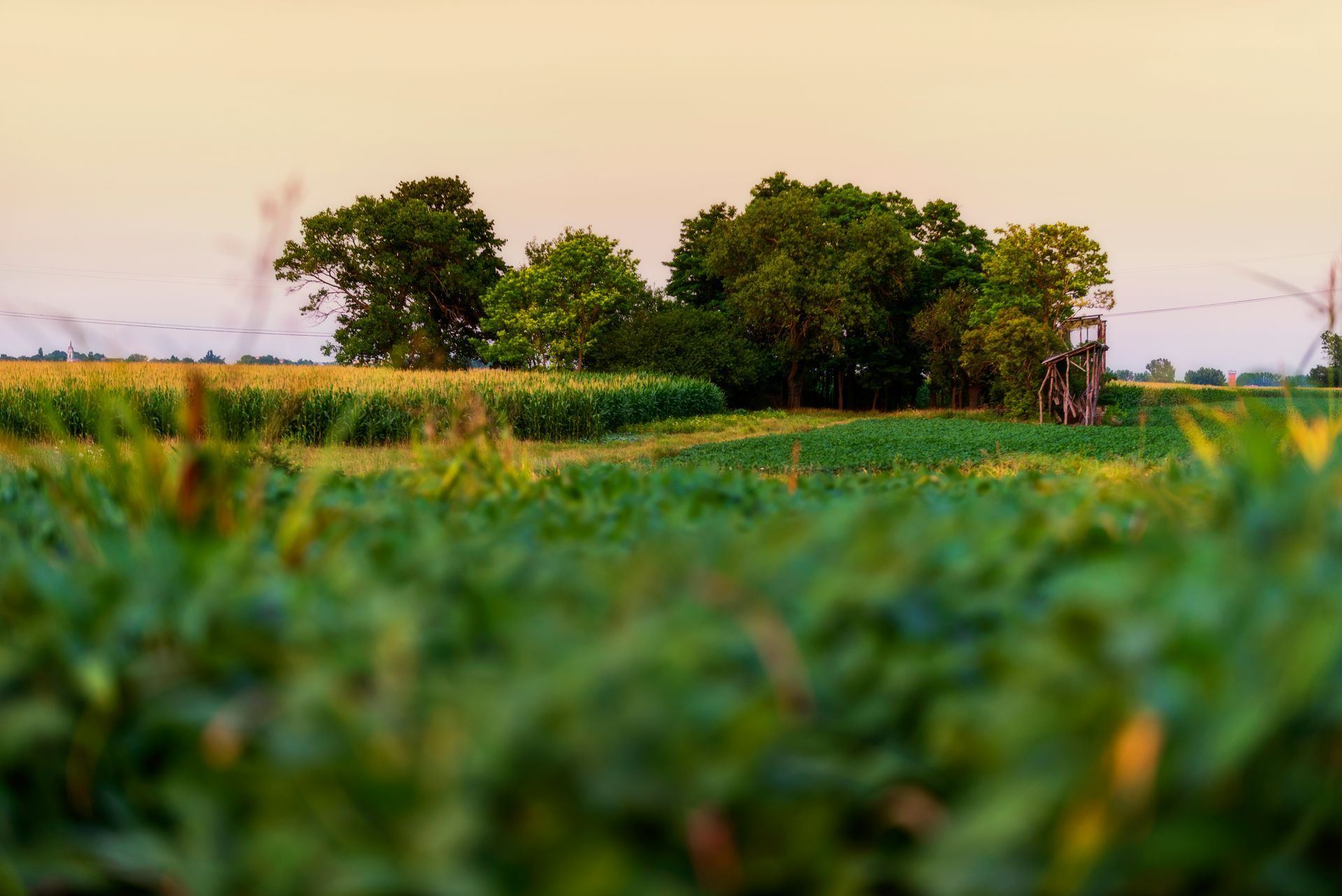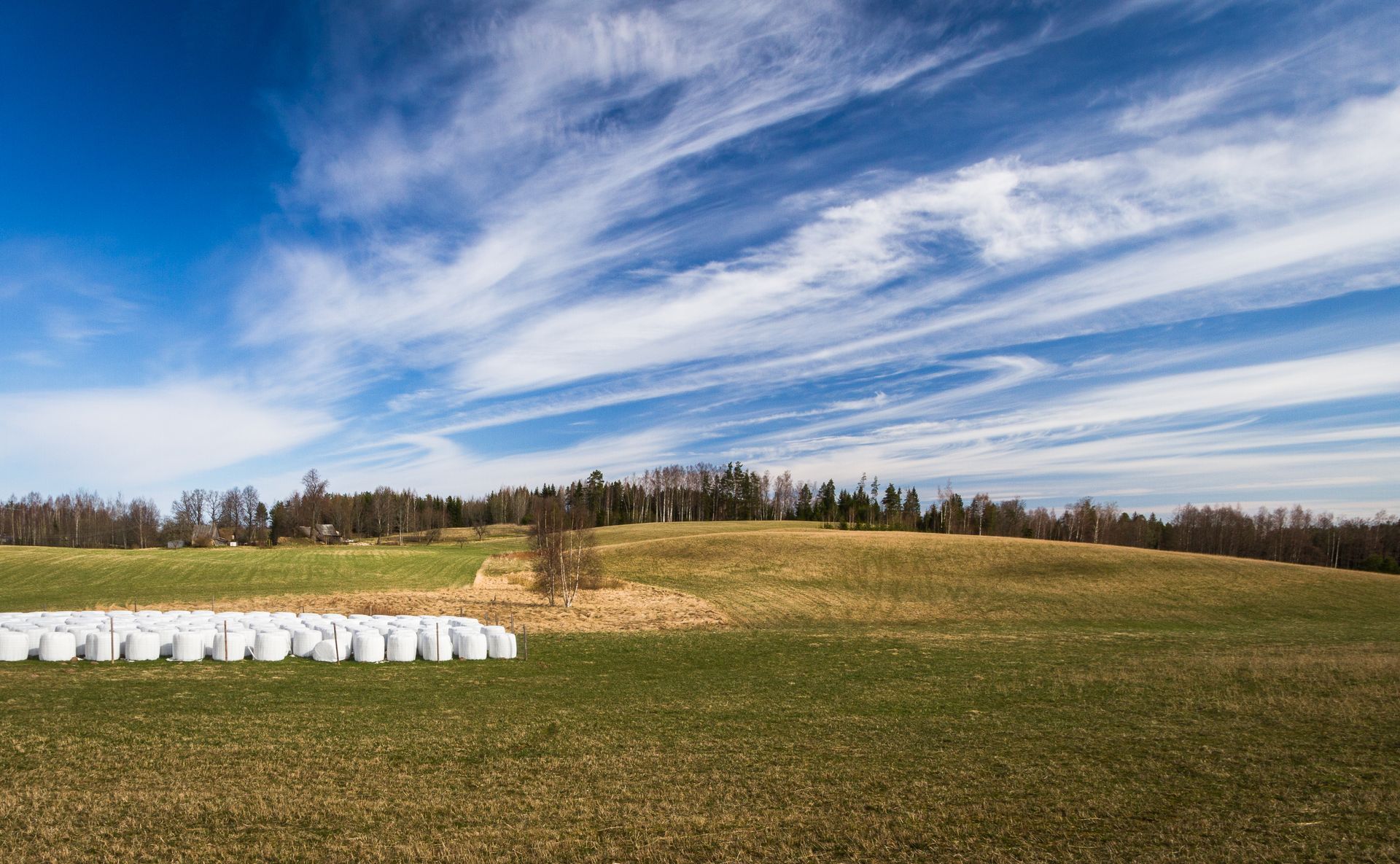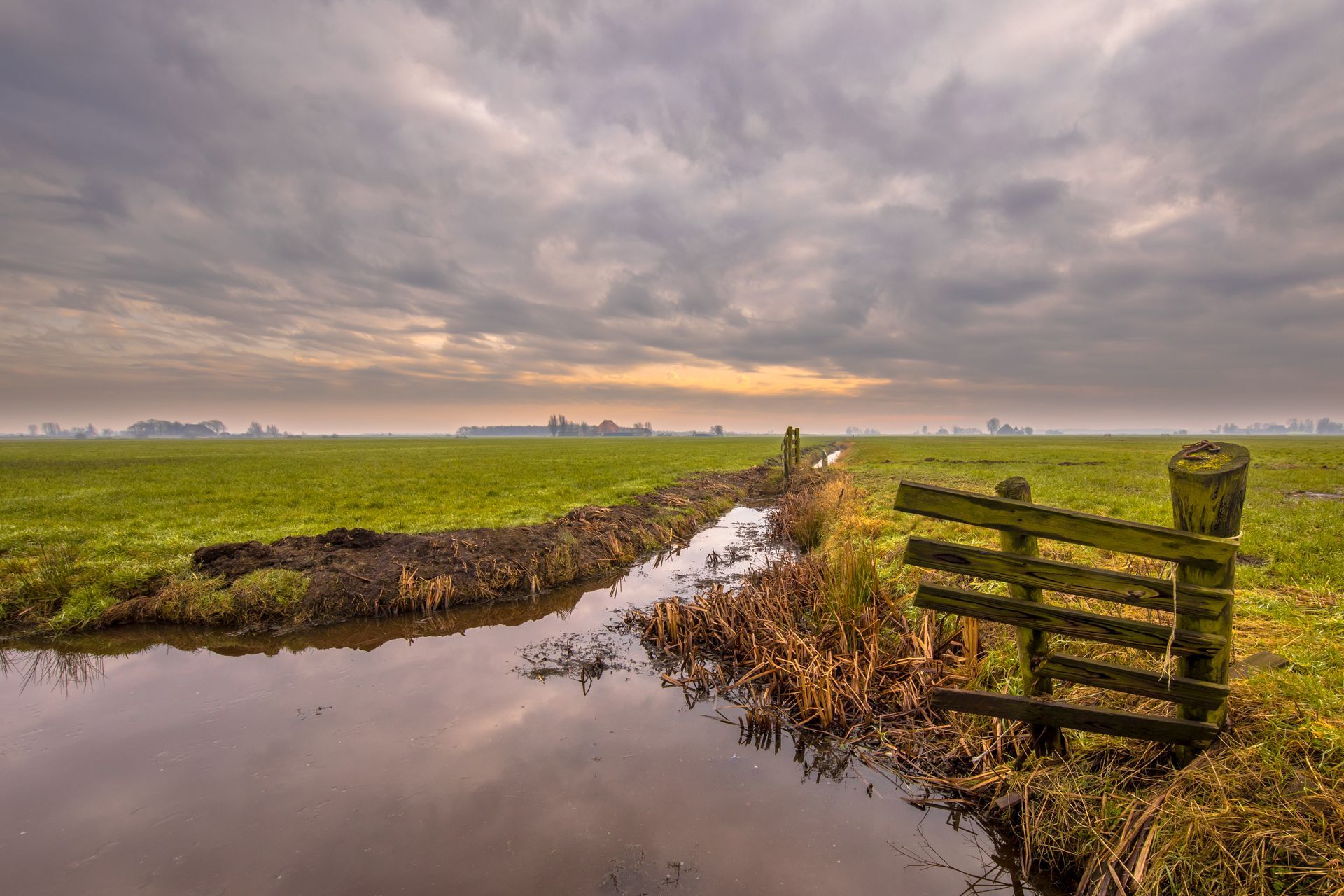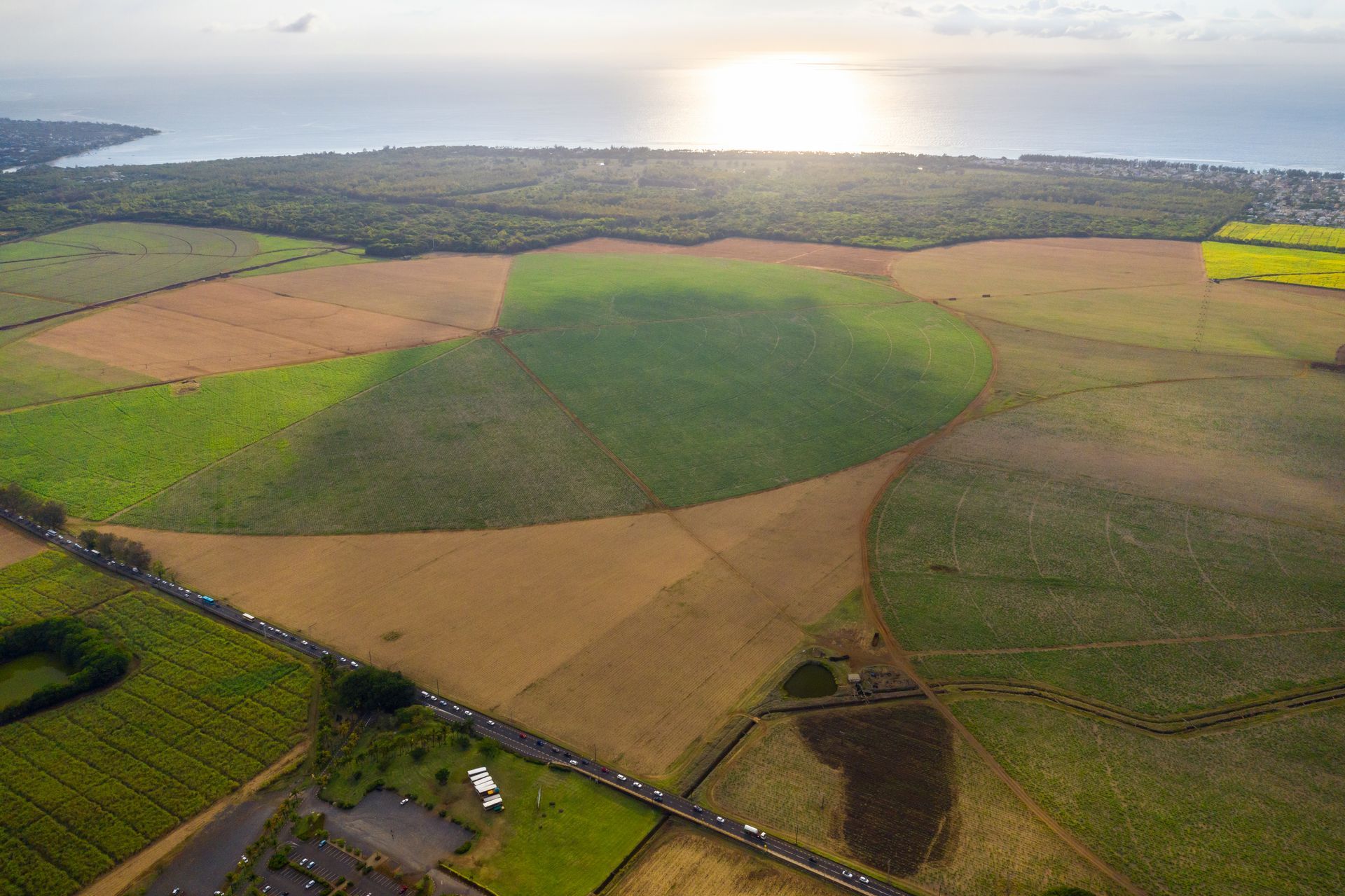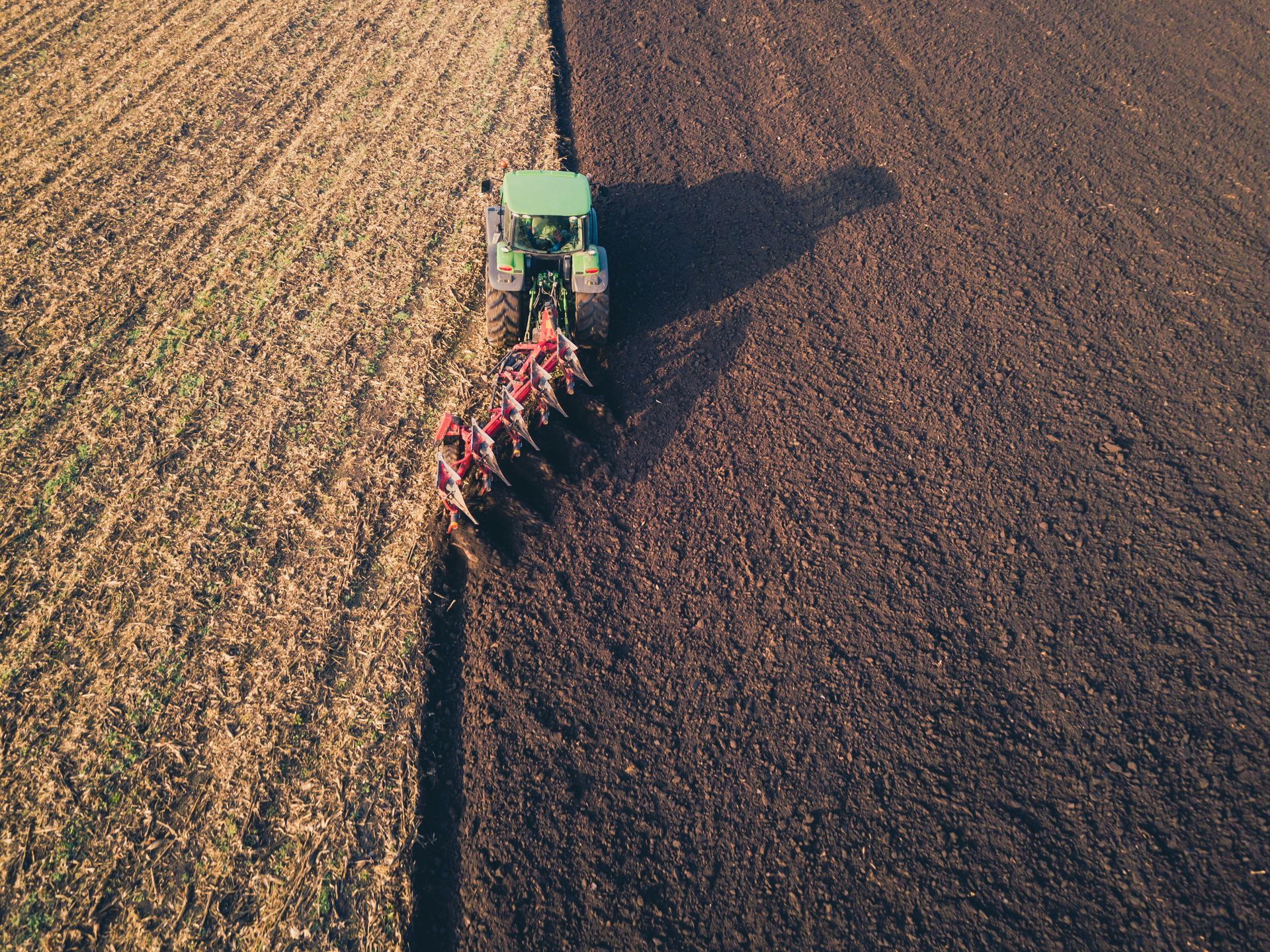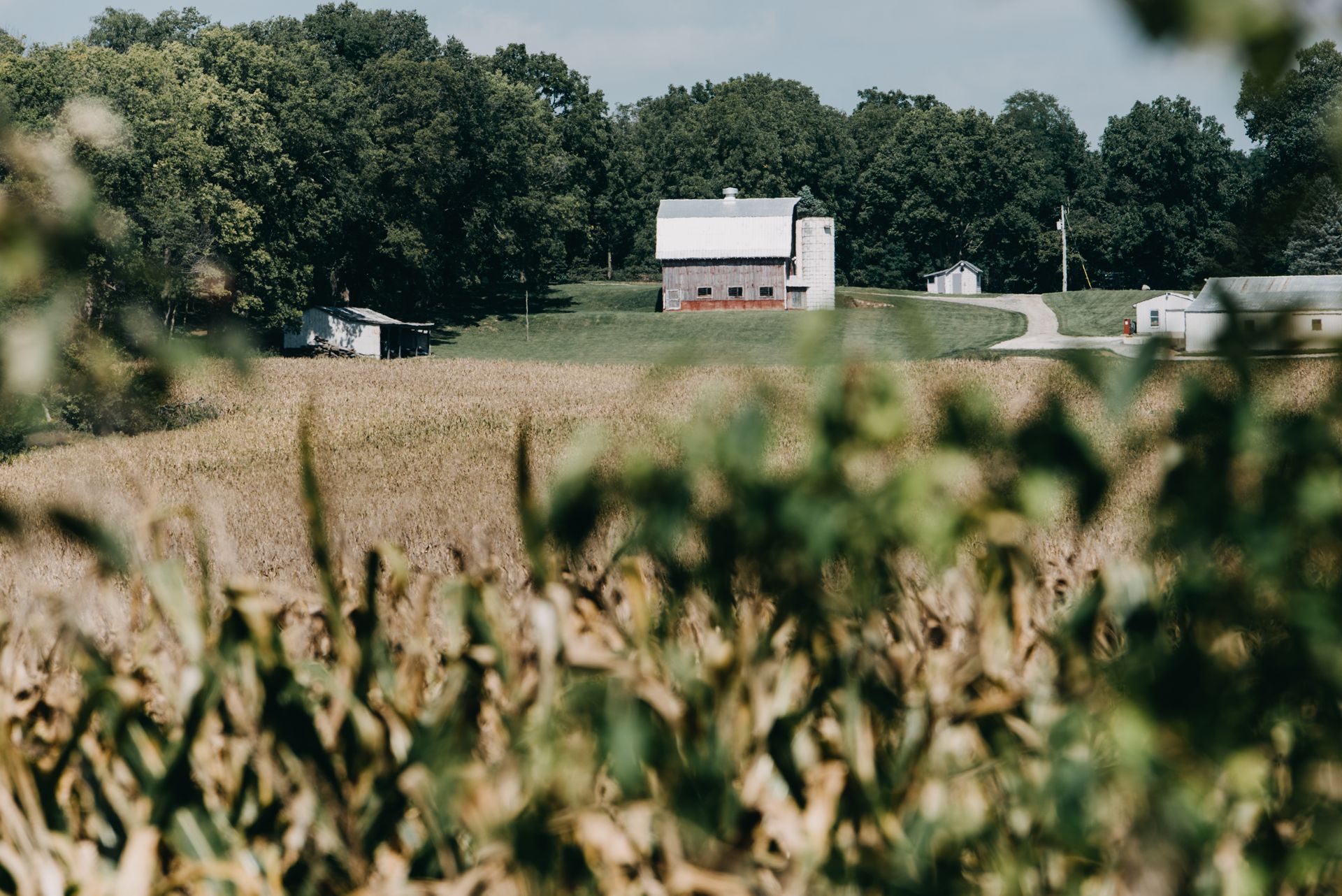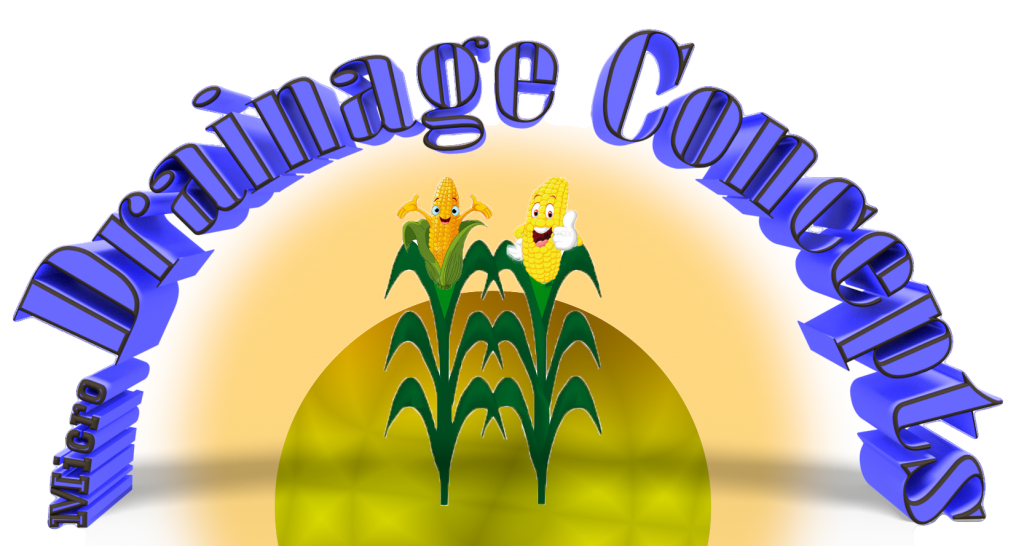
Soil Compaction
and How to Avoid it (Part 1)
For most farmers soil health is a constant concern. So many factors can affect your crops, but none more so than the ground in which they grow. Things like climate we can do very little about, however, soil compaction is both foreseeable and mostly avoidable. When your fields are flooded or overly saturated you need a plan. Knowing how to protect both your current harvest and the harvests for years to come is paramount.
So, what is soil compaction? Soil compaction is what occurs when the soil is pressed or crushed down which destroys its porous structure. The pores transport air and water to root systems, which allows for growth. Soil compaction can negatively impact crop yield making it harder for roots to spread and depriving plants of nutrients and water.
Avoiding soil compaction starts with water. Flooding happens to nearly everyone, having adequate drainage is the first step in avoiding compaction. Call our team today to make sure your fields are adequately protected. Unfortunately, when the water is already on your field installing drainage won’t help till it’s gone again.
First thing’s first, don’t drive on saturated soil. Wait for your fields to dry enough to support your combine. The weight of your equipment is the biggest obstacle for preventing soil compaction. If the soil is too sodden harvest efforts will be in vain. Even after the soil dries enough to support the combine don’t forget to factor in the weight of the crops as you fill the combine or grain bin. So do not use any grain bin extensions and make sure you do not overfill the combine. This will take some forethought to pull off because it requires more frequent emptying. The last thing you want to do is turn around in the middle of your field with a heavy combine and/or bin. Be efficient and try to remain on the same paths you’ve already driven on.
Second, keep trucks off the field, when it’s time to unload, always try to unload along the edge of the fields. Take note of the tires you use on your machinery as well. We recommend extra wide tires with lower inflation. This increases the surface area of the tires meaning weight is disturbed over a larger area reducing the unavoidable compaction done by harvesting.
Stay tuned for part 2, we will talk more about proper equipment use on sodden fields and some other methods to reduce compaction and keep your yield high.
